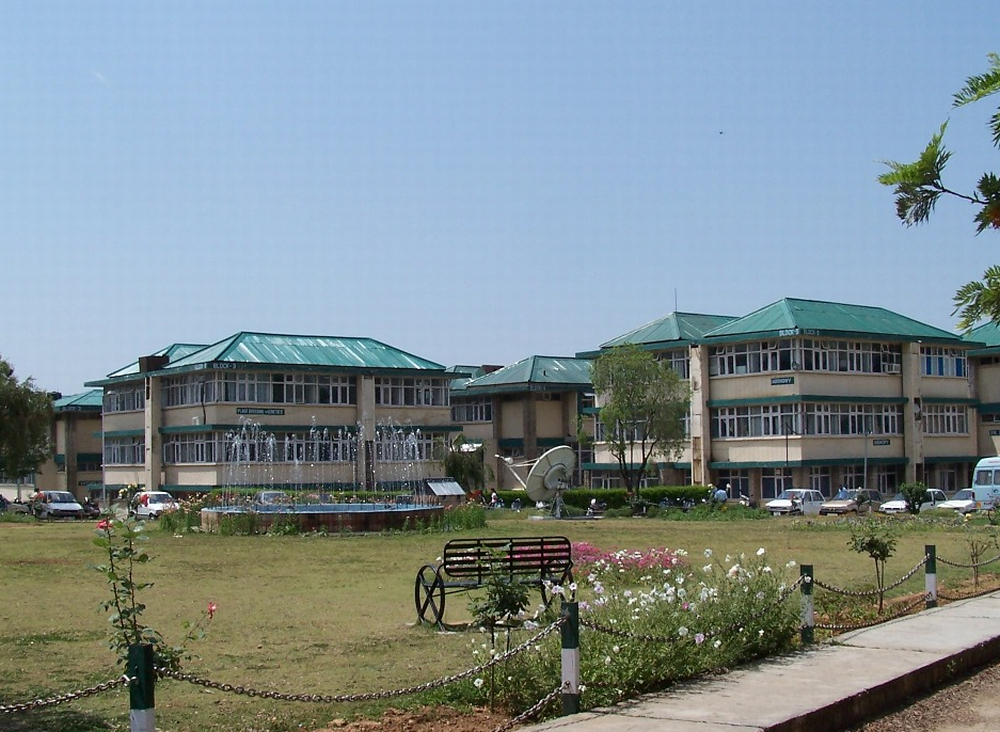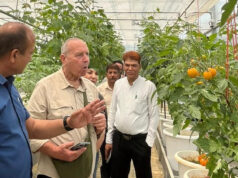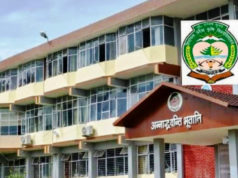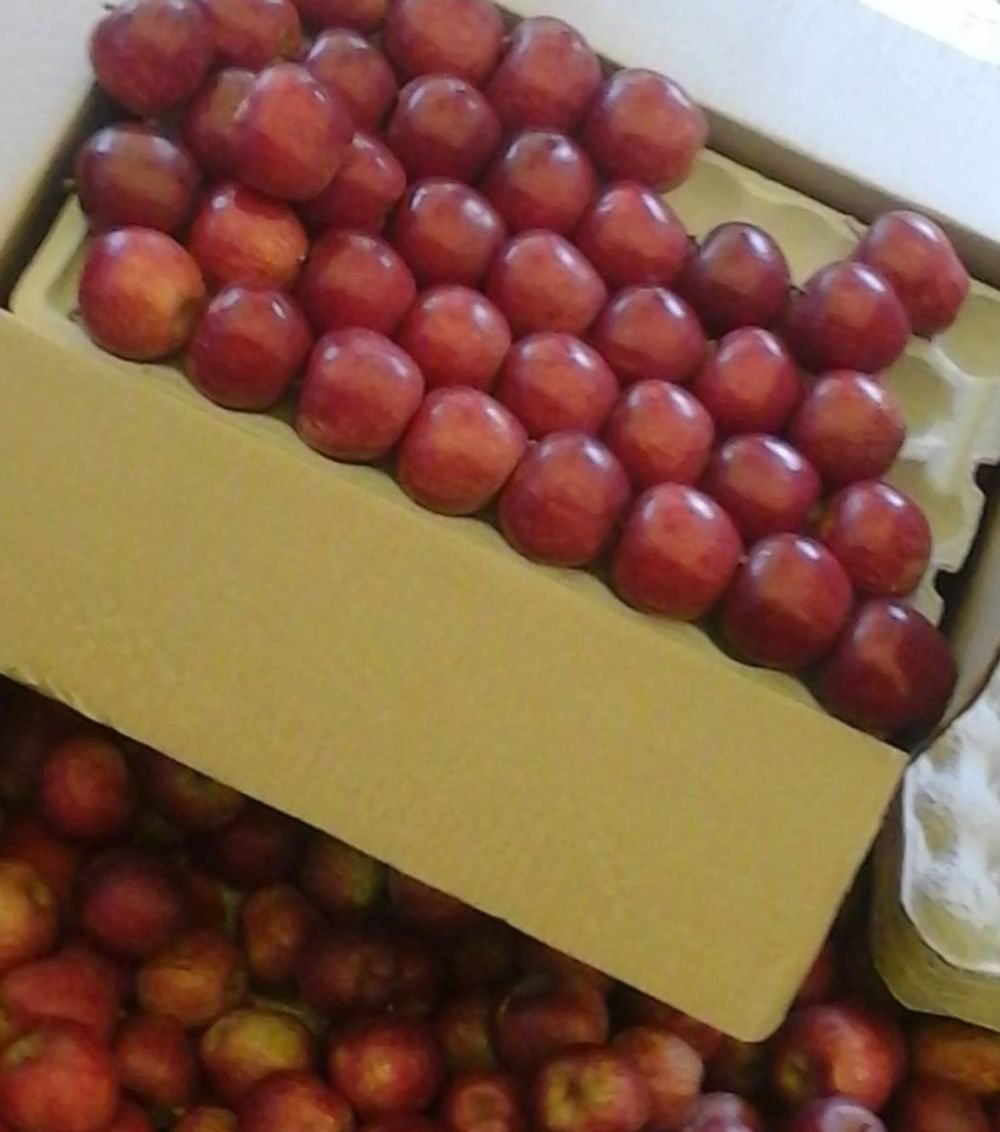Palampur: Stubble burning issue making headline these days. Apart from contributing to air pollution, stubble-burning deteriorates the soil’s organic content, essential nutrients and microbial activity – which together will reduce the soil’s long-term productivity.
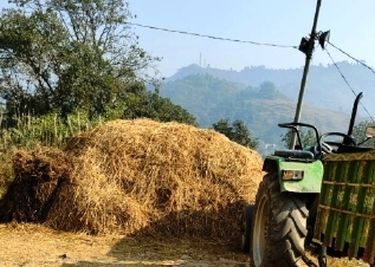
The government trying to find way to discourage farmers to avoid burning of paddy straws. Palampur based Agriculture University has also suggested better ways to reuse paddy straws.
The Vice-Chancellor Prof H.K. Chaudhary suggested that the University has developed a mean to make organic fertilizer from paddy straws by composting paddy straw and paddy stubbles. Dr. Chaudhary said
“It takes around 45 days to prepare compost from paddy straw. This compost increases crop yield by four to nine percent. It is also used in the preparation of vermicompost by adding earthworms’ culture thus making a value-added fertilizer with increased nutrient concentration.”
Prof. Chaudhary further suggested that paddy straw can be used as a source of raw material for number of cottage industry units like energy source in brick kiln, raw material in paper industry and packaging industry of fruits and vegetables, compost preparation unit with inoculation of beneficial cultures of bacteria, fungi and organic nutrients and minerals, handicraft industry for making mats, hats, ropes or household traditional material, as a sound-absorbing material for the preparation of strawboard and roof thatching of tourist lodge or traditional houses.
Paddy straw can also be used as a fodder for livestock’s as well. Prof. Chaudhary revealed that a balanced and complete feed can be prepared by incorporating concentrates to increase its nutritive value and utilise this source more judiciously. Chaudhary stated that scientific investigation has found oxalate and silica anti-nutritional factors in paddy straw, which restricts its utilization in dairy cattle feeding. However, these anti nutritional factors can be lowered by some of physical and chemical methods and it can be converted into nutritious fodder by making total mix ration or complete feed blocks or by enriching these with urea molasses treatment. He said
“The research conducted in the university revealed that the paddy straw can be mixed efficiently with horticulture by products like apple pomace, strawberry pomace or citrus pomace or discarded fruits to make a nutritive and palatable haylage which can be stored for long time and fed to animals during lean period.”
Prof Chaudhary also suggested to use paddy stubble in cottage industry. Many products like mats, ropes can be made from it and paddy straw can be mixed with mud to make paste to be used in construction of sheds as well as plastering walls. This traditional wisdom of farmers is also saving the environment degradation which other states are facing due to burning of paddy straw, Prof Chaudhary further added.



